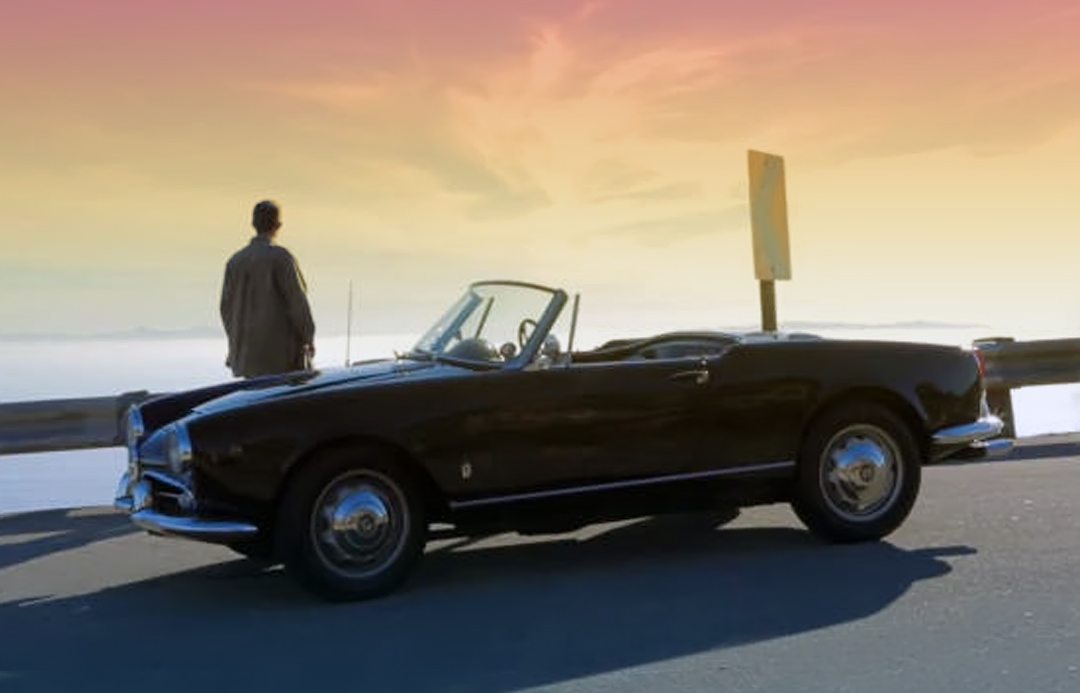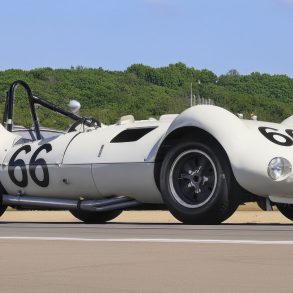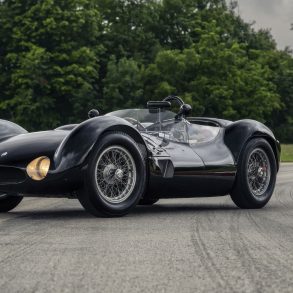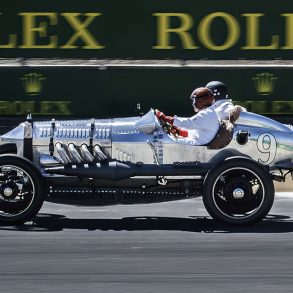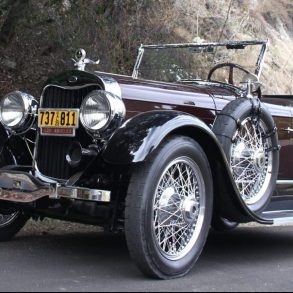
Just prior to this November’s Los Angeles Auto Show, Mercedes-Benz made the announcement that they were bringing back—for the second time—the Maybach name. Some will remember that back in 1997, Mercedes debuted a new, ultra luxury concept at that year’s Tokyo Motorshow. Looking for all intents and purposes like a limousine version of Mercedes-Benz’s S-Class, this new über-luxury car was not branded as a Mercedes, but instead resurrected a name from motoring’s distant past—Maybach. Unfortunately for Mercedes, the name meant nothing, unless you were very knowledgeable in pre-war German classics.
Willem Maybach worked for Daimler up until 1907, when he ventured off to start his own company Luftfahrzeug-Motorenbau GmbH. While the name literally translated to “Aircraft Engine Building Company,” by 1912 he and son Karl had eponymously renamed the company Maybach-Motorenbau GmbH. As the initial name implied, Maybach was devoted to the construction of gas and diesel engines, and was founded, with the help of Count Zeppelin, as a subsidiary of the Zeppelin dirigible company.
After World War I, Maybach undertook the construction of a 5.7-liter, 6-cylinder engine for an automobile. The intent was for Maybach to become an engine supplier to the fast-growing automotive sector, however only the Spyker brand (another long-lost name recently resurrected!) was interested, so Maybach made the bold decision to start constructing his own, complete car. The first Maybach, the W3, made its debut at the 1921 Berlin Motor Show and rivaled the likes of Rolls-Royce, for quality and luxury. Maybach continued to build and offer ever more luxurious offerings, including the V12-powered Zeppelin range, up until the outbreak of World War II. During the war, Maybach returned its focus to the production of diesel engines, which unfortunately were built to power tanks of the Nazi regime.
After the war, Maybach never resumed the production of automobiles, instead focusing on large diesel engines for trains and ships, which resulted in the company ultimately being assimilated into the Daimler-Benz group, in 1960. While the Maybach name continued on within Daimler for decades as an industrial engine brand, it was not until 1997 that the production car division elected to resurrect the name, as a way of conferring instant prestige and exclusivity onto their new limousine. However, with few buyers willing to purchase the $350,000-$1 million car—with a name only automotive anoraks placed any value in—the company discontinued its production in 2012, with only 3,000 examples being sold over a ten-year period.
Despite the Maybach’s star-crossed history as a brand, manufacturers can’t resist the temptation of resurrecting old names, in the hopes that they will somehow confer the glamor, performance or prestige once connoted by that name, even if the original company had no direct lineage or connection to its modern iteration. In Mercedes’ most recent usage, the Maybach name will be associated with special, exclusive versions of their luxury S-Class sedans. But by no means is Mercedes-Benz alone, among modern manufacturers, in drawing on names from the past.
Italian giant Fiat now offers Abarth performance versions of its diminutive 500 hot-hatch, despite the fact that the Abarth name had long ago been absorbed by Fiat in 1971. While most modern day supercar enthusiasts will be cognizant of the appeal and prowess of the Aston Martin Lagonda, how many of them will know that Lagonda was an independent British manufacturer founded in 1906 that was eventually absorbed into Aston Martin, in 1947. In fact, Aston Martin itself has been absorbed and spun off so many times since 1947, what could remain of the Lagonda DNA, other than the name itself?
In France, the Alpine name was associated with high performance and racing from 1955, when Jean Rédélé founded it, until 1973 when it too was swallowed by French behemoth Renault. Today, Renault still uses the Alpine name on select advanced projects and high-performance concept cars, but the connections to Rédélé’s handiwork have faded more and more with each passing year. Even here in the United States, we can witness firsthand the power of a name to market a vehicle. Just days after Mercedes announced the resurrection of the Maybach name, Ford debuted the latest iteration of their venerable Mustang, the Shelby GT350. While this high-performance version of Ford’s re-designed Mustang would certainly sell well in its own right, how many more will Ford sell once they create that mental association with the hallowed Shelby GT350 of the ’60s?
Do lost nameplates from the past really have any value in today’s modern, high technology, automotive industry? You bet. There’s a reason why BMW bought Rolls-Royce and resurrected the Mini. The more interesting question is, what will they, and others, do with the other dead names they own? Triumph, Austin-Healey, Jensen…


